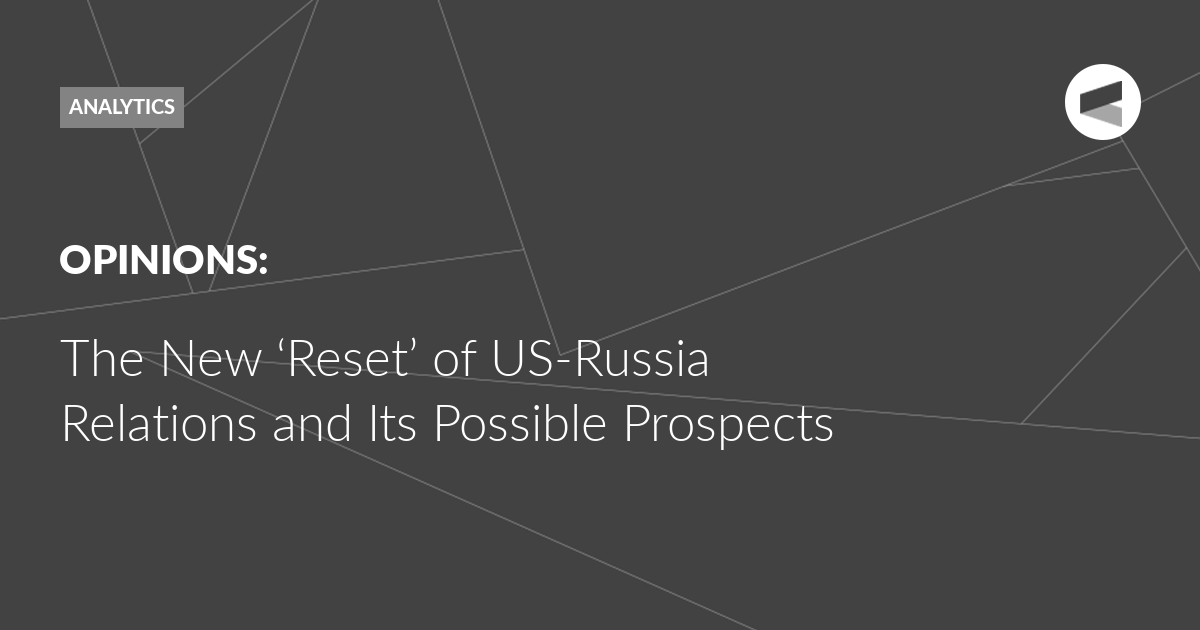Despite widespread anticipation of possible changes in US-Russia relations in the wake of Trump’s return to power, the shift has been more drastic and rapid than anyone could have imagined, writes Zhao Huasheng in the first installment of his two-part series analyzing the seismic changes in US foreign policy.
Since the Ukrainian crisis, and especially since the outbreak of the Russian-Ukrainian conflict in 2022, US-Russia relations have been on a downward spiral, a trajectory many believed would remain “stable” for a long time, even after the conflict’s end. However, almost overnight, without any prior warning, the United States changed its policy, initiated dialogue with Russia, and quickly began efforts to restore relations. Simultaneously, US-EU relations deteriorated, and Ukraine was effectively abandoned by the United States. In the history of great powers, such a sudden and subversive shift in a country’s diplomatic trajectory, without any fundamental changes in conditions, is extremely rare, though not unprecedented. This development defies the general laws of international politics. The changes in the United States have dramatically altered the international landscape and significantly transformed the course of Russian-American relations.
US-Russia relations have experienced numerous ups and downs over the past three decades. In the early 1990s, under the enthusiastic efforts of Presidents Boris Yeltsin and Bill Clinton, the two nations entered a “honeymoon period,” and in 1993, they declared themselves strategic partners. However, this optimism was short-lived. Due to NATO’s eastward expansion, the Kosovo War, and disputes over Iran, Iraq, arms control, Chechnya, and other issues, US-Russian relations deteriorated into a “cold peace.”
The inaugurations of George W. Bush Jr. and Vladimir Putin in 2000 renewed hopes for improved relations. Following the September 11 terrorist attacks in 2001, US-Russian relations warmed rapidly, reaching a level of near “comrades-in-arms.” In May 2002, George W. Bush Jr. visited Russia and announced a new strategic partnership between the two countries. However, this rapprochement did not last long. After the US launched the Iraq War in 2003, US-Russian relations cooled once again.
In 2008, both the United States and Russia underwent presidential transitions, with Barack Obama and Dmitry Medvedev assuming office. This renewed optimism in US-Russia relations led the Obama administration to propose a “reset” strategy. While relations improved slightly, the effort was underpowered and hesitant. The “reset” proved unsustainable even before Medvedev’s presidency ended and was definitively abandoned when Putin returned to the Kremlin in 2012. The Ukraine crisis followed, along with a series of conflicts and sanctions against Russia, driving US-Russian relations to a new low.
In 2017, Trump, who was widely perceived as sympathetic toward Russia, became the US president. Many predicted that he would usher in a new era for US-Russia relations. Contrary to these expectations, however, domestic political constraints in the United States not only prevented any improvement but further strained the relationship. The US began supplying weapons to Ukraine and imposed additional sanctions on Russia. During a heated exchange with Zelensky in the Oval Office on February 28, 2025, Trump proudly declared that while his predecessor had given Ukraine “sheets,” he had provided missiles.
What, then, are the prospects for US-Russia relations this time? Will the two nations repeat the cycle of past failures, or will they break free from this seemingly fatalistic pattern?
The Valdai Discussion Club was established in 2004. It is named after Lake Valdai, which is located close to Veliky Novgorod, where the Club’s first meeting took place.
Please visit the firm link to site






